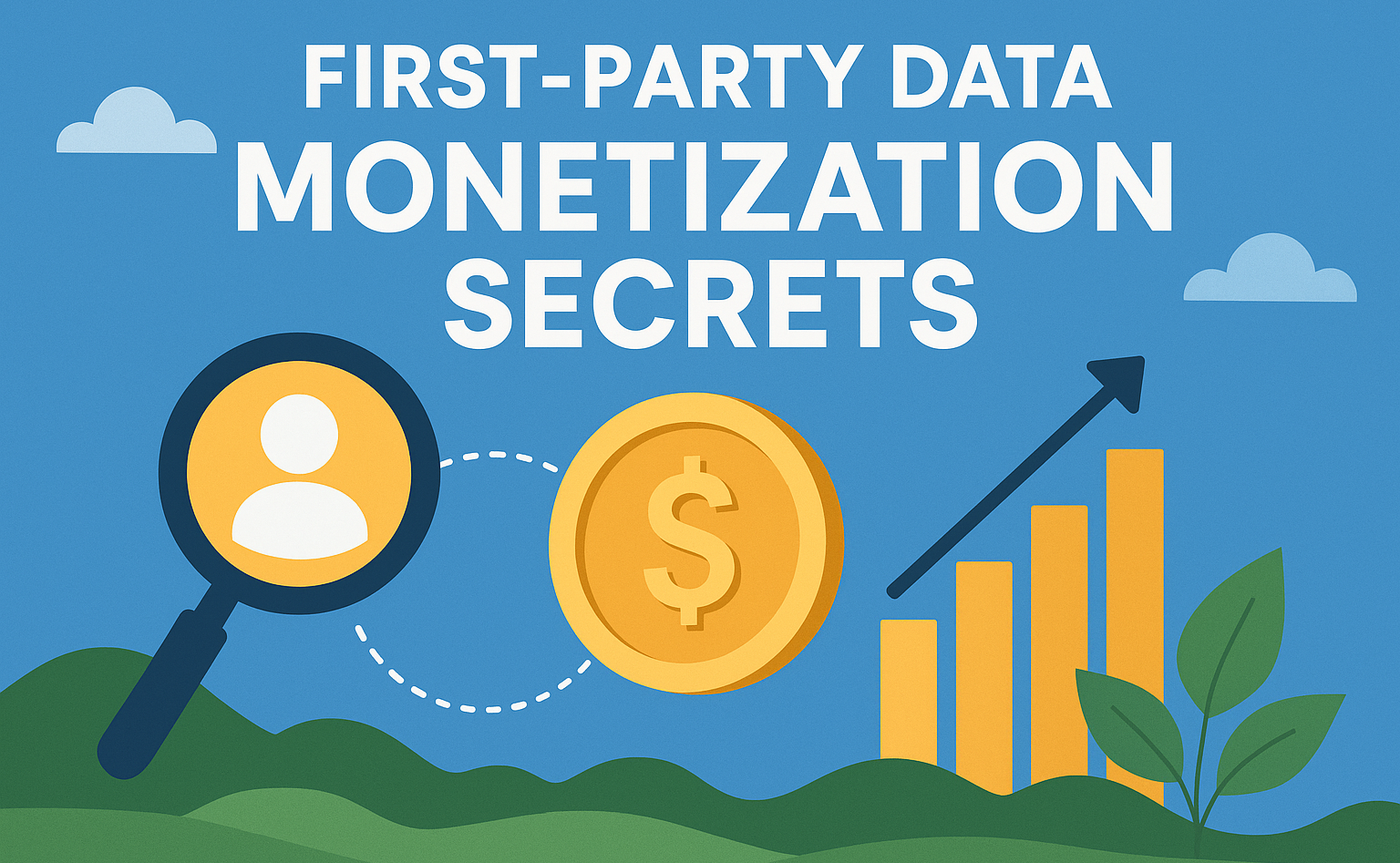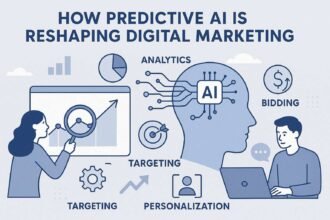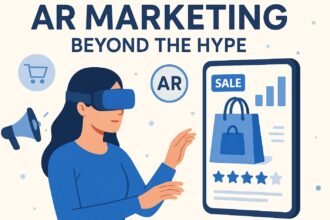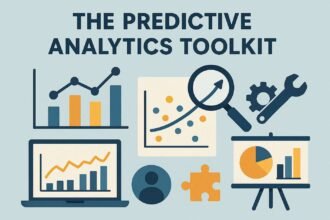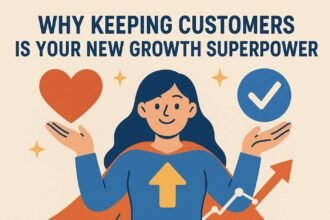Why the information you have about your customers is the most valuable thing your business owns
There is a big change happening in the digital world right now. Third-party cookies, which used to be the main part of online ads, are going away. Laws about privacy are getting stricter. Businesses that still use old tracking methods are running out of time.
But here’s the good news: the data you already have is worth a lot more than the data you used to rent. This is the age of first-party data, and knowing how to use it to its full potential is not only helpful, it’s necessary for survival.
Let’s talk about what first-party data is, why it’s important, and how you can use it to make money and grow your business over time.
What is First-Party Data, Exactly?
First-party data is just information you get straight from your customers and audience. You earned it by trusting it. It’s not borrowed, bought, or put together from anonymous profiles like third-party data.
Some examples are:
- Behavioral data shows what pages a user visits, how long they stay there, and what they click on.
- Transactional data includes things like how often you buy something, how much you spend, and how often you order.
- Demographic and personal information, such as names, emails, phone numbers, and birthdays (shared freely).
- Surveys, reviews, and customer service interactions are all examples of feedback and engagement data.
| Kind of Data | For example | Why It Matters |
|---|---|---|
| Behavioral | time on site, clicks, and abandoned carts | Shows interest and intent |
| Transactional | History of orders and how often you buy | Shows worth and loyalty |
| Demographic/Personal | Email, age, and where you live | Helps make communication more personal |
| Engagement/Feedback | Support tickets, reviews, and polls | Gives qualitative information |
This isn’t just something nice to have. First-party data is the basis of future-proof marketing in a world without third-party cookies.
Why First-Party Data Is No Longer Optional
For a long time, third-party cookies made it easy to track users across the web. But that time is coming to an end:
- Google is getting rid of third-party cookies in Chrome.
- Apple has already stopped most third-party tracking.
- Laws about privacy, like GDPR and CCPA, require consent and openness.
That means companies can either change and build a future on trusted, owned data or get left behind.
First-party data doesn’t just help you stay alive; it also gives you more control, more accuracy, and a direct line to your customers.
Step One: Make the Right Base
You need to protect and organize your data before you think about making money. It’s just noise without structure.
Be Honest and Open
- Be clear about what you collect and why.
- Ask for clear opt-ins.
- Allow users to delete or manage their data.
Use a CDP (Customer Data Platform) to Centralize
- Get rid of the barriers between your CRM, email, analytics, and sales tools.
- Make a single view of the customer that all teams can see.
Keep Your Data Clean
- Get rid of duplicates.
- Fix mistakes.
- Add useful information to profiles, like location and CLV.
Segment Smartly
- Demographic: Age, sex, and where you live.
- Behavioral: People who leave their carts behind, people who buy again and again, and people who only visit once.
- Transactional: People who spend a lot of money vs. people who look for deals.
- Psychographic: What you like, what you believe in, and how you live.
The Most Important Ways to Make Money with First-Party Data
Now for the fun part: how to make money with your customer data.
- Make Personalization Even Better
- Dynamic Ads: Show site visitors relevant offers again.
- Smart Emails: Suggest items based on what you’ve bought or looked at.
- Adaptive website content: Show personalized banners or product suggestions.
- Make the Customer Journey Better
- AI-powered suggestions that are more than just “people also bought…”
- VIP programs and loyalty rewards to keep your best customers interested.
- Agents can access full customer histories right away, which makes customer support smarter.
- Make Products and Services Based on Data
- Use search queries and surveys to find gaps in what you offer.
- Make improvements to features based on how they are used in real life.
- Make blogs, videos, and guides about popular topics that your customers are interested in.
- Use Data to Make Operations More Efficient
- Use analytics to guess how much demand there will be so you can better manage your inventory.
- You can get the most out of your marketing budget by knowing which groups give you the best return on investment.
- Find the places in your funnel where things get stuck and make your workflows easier.
- Look into Data Partnerships (Clean Rooms)
- Work with partners safely in environments that protect your privacy and keep your identity secret.
- Run joint campaigns without giving away sensitive customer information.
- Give research companies aggregated insights to make more money.
Don’t Make These Common Mistakes
- ❌ Not following privacy laws (which will quickly lose trust and lead to fines).
- ❌ Not using data that is stored in silos.
- ❌ Collecting just for the sake of collecting (without any plans for how to use it).
- ❌ Not paying attention to data quality—bad inputs lead to bad outputs.
Last Thoughts
The end of third-party cookies isn’t a problem; it’s a chance. Companies that use first-party data today will have an edge over their competitors in the future.
Every click, purchase, and interaction your customers share is more than just a piece of data; it’s a sign of trust. You can do the following if you use it wisely:
- Make your relationships stronger.
- Give people experiences that are really unique to them.
- Come up with new ideas faster than your competitors.
- Grow in a way that is better for the environment.
This is what digital marketing will look like in the future. The sooner you start, the better off you’ll be.


